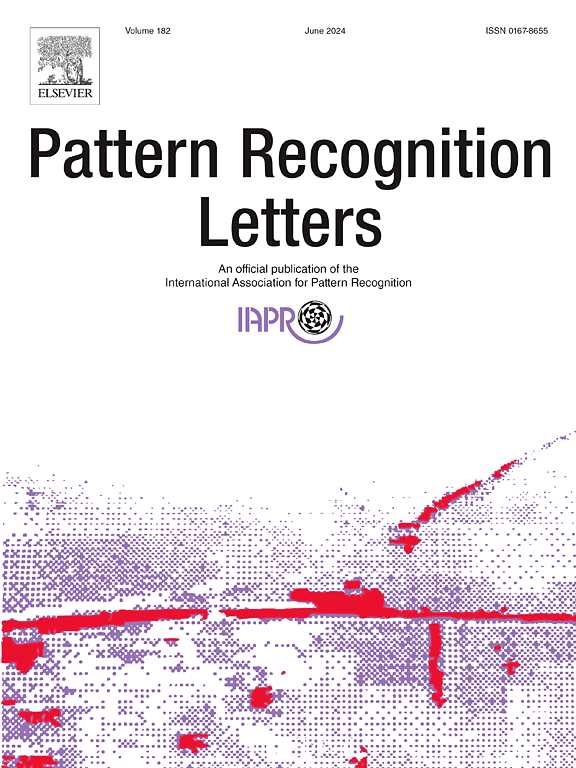Surgical text-to-image generation
IF 3.9
3区 计算机科学
Q2 COMPUTER SCIENCE, ARTIFICIAL INTELLIGENCE
引用次数: 0
Abstract
Acquiring surgical data for research and development is significantly hindered by high annotation costs and practical and ethical constraints. Synthetically generated images present a valuable alternative. In this work, we explore adapting text-to-image generative models for the surgical domain using the CholecT50 dataset, which provides surgical images annotated with action triplets (instrument, verb, target). We investigate several language models and find T5 to offer more distinct features for differentiating surgical actions on triplet-based textual inputs, and showcasing stronger alignment between long and triplet-based captions. To address challenges in training text-to-image models solely on triplet-based captions without additional input signals, we discover that triplet text embeddings are instrument-centric in the latent space. Leveraging this insight, we design an instrument-based class balancing technique to counteract data imbalance and skewness, improving training convergence. Extending Imagen, a diffusion-based generative model, we develop Surgical Imagen to generate photorealistic and activity-aligned surgical images from triplet-based textual prompts. We assess the model on quality, alignment, reasoning, and knowledge, achieving FID and CLIP scores of 3.7 and 26.8% respectively. Human expert survey shows that participants were highly challenged by the realistic characteristics of the generated samples, demonstrating Surgical Imagen’s effectiveness as a practical alternative to real data collection.
求助全文
约1分钟内获得全文
求助全文
来源期刊

Pattern Recognition Letters
工程技术-计算机:人工智能
CiteScore
12.40
自引率
5.90%
发文量
287
审稿时长
9.1 months
期刊介绍:
Pattern Recognition Letters aims at rapid publication of concise articles of a broad interest in pattern recognition.
Subject areas include all the current fields of interest represented by the Technical Committees of the International Association of Pattern Recognition, and other developing themes involving learning and recognition.
 求助内容:
求助内容: 应助结果提醒方式:
应助结果提醒方式:


